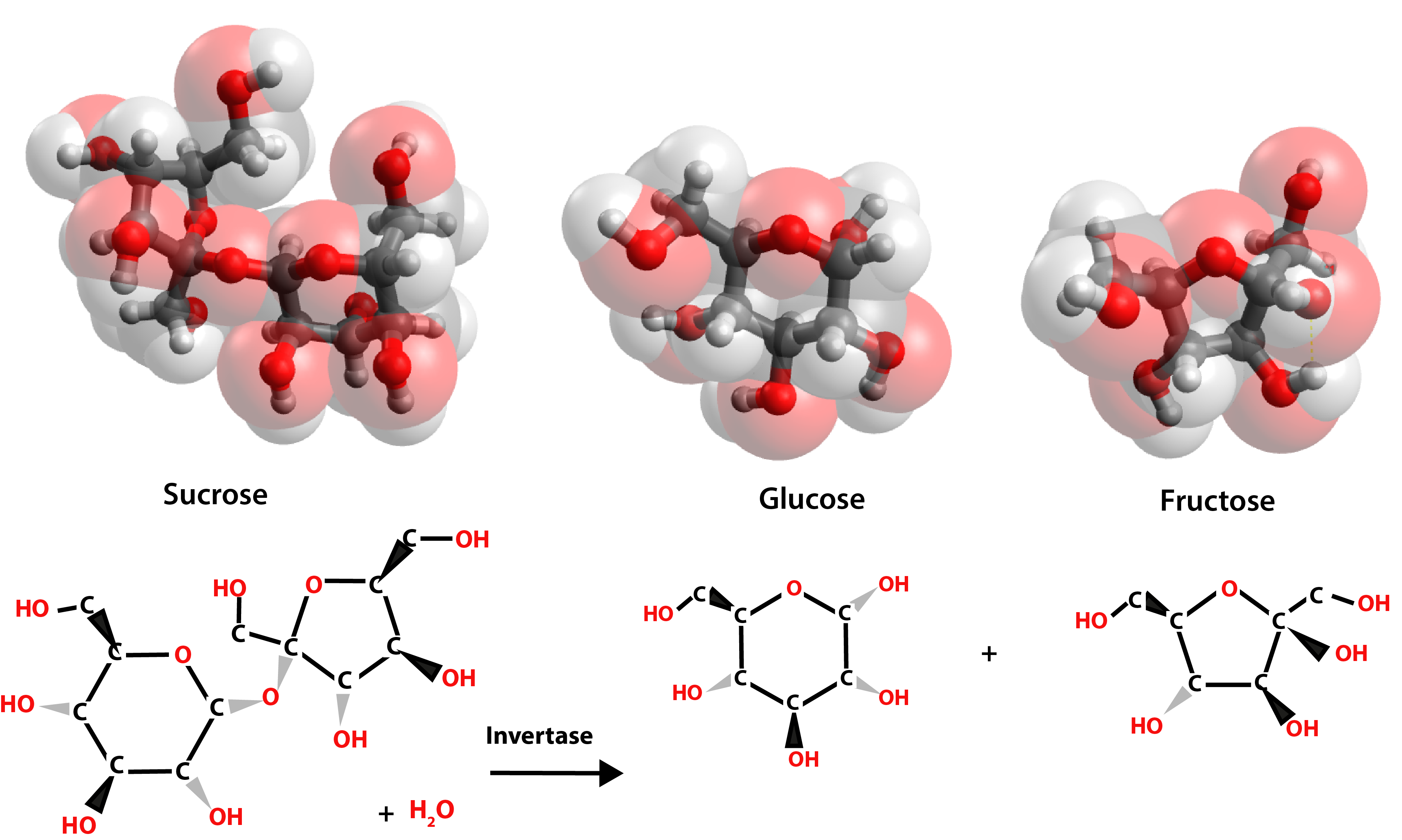Honey 3
 A black bee on dandelion
A black bee on dandelionNectar
Dandelion is the first major source of nectar after the winter. Its presence is seen if honey is taken off in June; this honey rapidly granulates. The major tree sources through late Spring and early Summer are sycamore, horse chestnut and especially lime. Bramble puts out its first flowers in the first week in May; this is a chief source of nectar for the bees. Other wild flowers include charlock, clover, knapweed, rose bay willow herb and Himalayan balsam. The honey produced from these wild flowers is very mild but surprisingly varies from season to season.
Pollen grains from the flowers on which the bees forage will be found in each jar of honey. This combination of pollen acts as a fingerprint identifying the area in which the bees have foraged over the summer.
In autumn the mature ivy flowers in profusion and provides a very valuable rich nectar source for the winter stores.
Pollen grains from the flowers on which the bees forage will be found in each jar of honey. This combination of pollen acts as a fingerprint identifying the area in which the bees have foraged over the summer.
In autumn the mature ivy flowers in profusion and provides a very valuable rich nectar source for the winter stores.
Sinapis alba
Sinapis arvensis
Brassica napus
Brassica rapa
Brassica oleracea
Cheiranthus cheiri
Aubrietia deltoidea
Raphanus raphanistrum
Fagopyrum esculentum
Sinapis arvensis
Brassica napus
Brassica rapa
Brassica oleracea
Cheiranthus cheiri
Aubrietia deltoidea
Raphanus raphanistrum
Fagopyrum esculentum
White mustard
Charlock
Oil seed rape
Turnip
Sea-cabbage
Wallflower
Purple rock cress
Wild radish
Buckwheat
Charlock
Oil seed rape
Turnip
Sea-cabbage
Wallflower
Purple rock cress
Wild radish
Buckwheat
The Sugars present in Nectars of various flowers were investigated in 1951 as a research project by: G. R. Wykes.
Perhaps not surprisingly fructose and glucose were the two main sugars accompanied by sucrose found to be present in all of the nectar of the 60 species investigated. Summarized below are those flowers which were richer in these sugars than the average and therefore of more interest to the beekeeper and the bees:
Perhaps not surprisingly fructose and glucose were the two main sugars accompanied by sucrose found to be present in all of the nectar of the 60 species investigated. Summarized below are those flowers which were richer in these sugars than the average and therefore of more interest to the beekeeper and the bees:
Pyrus communis
Mespilus germanica
Rubus idaeus
Rubus loganobaccus
Prunus domestica
Prunus laurocerasus
Medicargo sativa
Hedera helix
Helianthus annuus
Taraxacum officinale
Mespilus germanica
Rubus idaeus
Rubus loganobaccus
Prunus domestica
Prunus laurocerasus
Medicargo sativa
Hedera helix
Helianthus annuus
Taraxacum officinale
Common pear
Medlar
Raspberry
Loganberry
Plum
Common laurel
Lucerne
Ivy
Sunflower
Dandelion
Medlar
Raspberry
Loganberry
Plum
Common laurel
Lucerne
Ivy
Sunflower
Dandelion
The chemical structures of the three sugars are shown below. Sucrose is a disaccharide which is hydrolysed by the enzyme invertase to glucose and fructose each of which is a monosaccharide containing 6 carbon atoms in the molecule.
